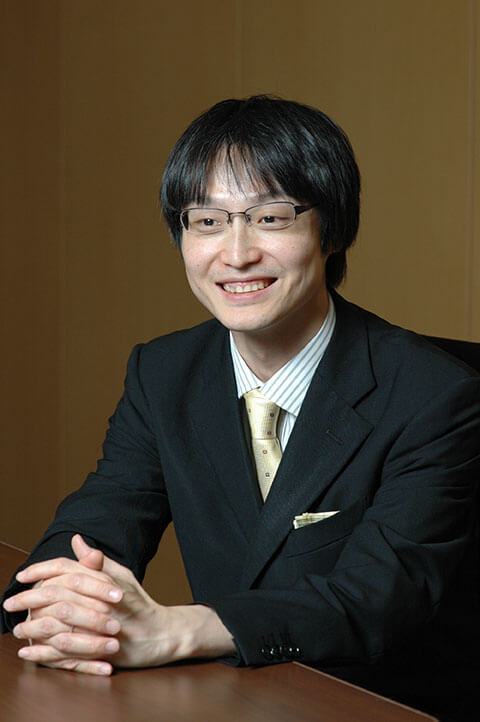A guide to overseas universities – US Edition
総合型選抜(AO推薦入試)のプロによる無料相談受付中!
無料個別相談を予約する >
Foreword
Welcome to another edition of “how to guide” for universities. This article is a four-part series focusing on universities abroad, featuring the United States of America, the United Kingdom, Canada and Australia. This time, we will take a closer look at the land of dreams.
目次
First, do your research




So, you have decided you want to study in the land where the internet and chocolate chip cookies was invented. Great choice. But before you embark on any new adventure, proper research is the key to success. It is advised that preparations should be done 12 – 24 months in advance.
A small note here, the difference between the terms “university” and “college” is generally that a college only offers undergraduate programs whereas a university offers undergraduate and graduate programs. In this article, we will use both terms interchangeably.
University of your choice
As of 2018, there are around 1,400 colleges and universities in the US that offer four-year undergraduate degree programs[1]. The choice is not easy. The recommended way is to find a university that fits your needs and future goals. If you are struggling to find your own path, try talking to your peers and teachers, read articles about other people similar to you and find inspirations in others. You can also check which US universities are popular among Japanese students. Going deeper into this topic would be out of scope for this article, but there are a great deal of books and articles to get you going.
Funding
The next you should think about is how you are going to fund your study. Looking at the statistic, the annual tuition ranges from $17,500 for community colleges up to $51,000 for private non-profit four-year colleges[2]. Adding an average living cost of $10,000, students can expect a total cost of $60,000 per year to study at a very top-tier US university. Also don’t forget any hidden initial cost such as certification (SAT, TOEFL) fees and visa application fee. That is very expensive!
But don’t be discouraged just yet. There is some hope. There are a variety of scholarship programs available. As of March 2019, the EducationUSA, advising center for international students, has listed 9 scholarships for a bachelor degree for Japanese students on their website. Check out their webpage[3] and see which one matches your needs closely. Keep in mind that these scholarships are very competitive and sometimes comes with some sort of restrictions and obligations.
Visa requirements
If you are going to study abroad, you need the appropriate permission to do that. There are three types of visa for international students: F, J and M student visa.
The F student visa is the most common visa and allows you study at your university of choice and stay up to 60 days after your graduation. Applying for the Optional Practical Training (OPT) allows you to work in your field of study from 12 up to 17 months.
The J student visa is intended for individuals who participate in work-and study-based exchange visitor programs. For most cases, you won’t apply for this visa unless there is special exchange program, you are interested to join.
The M student visa is intended for students who are studying at a vocational school.
Useful links:
https://travel.state.gov/content/travel/en/us-visas/study.html
https://studyinthestates.dhs.gov/students
https://www.timeshighereducation.com/student/advice/hoping-apply-us-university-foreign-student
[1] https://www.usnews.com/education/best-colleges/articles/2019-02-15/how-many-universities-are-in-the-us-and-why-that-number-is-changing
[2] https://www.topuniversities.com/student-info/student-finance/how-much-does-it-cost-study-us
[3] https://educationusa.state.gov/find-financial-aid?field_scholarship_degree_levels_tid=16&field_us_state_territory_tid=All&field_country_target_id=286
Admission




At this point, you have decided for a university. Now it is the time to apply for it. In general, the admission procedure is very similar to the English-based program in Japanese university. I have written an article about it. You can check it out here. The explanation is a general layout. I advise you to check out your university of choice to see the exact details for the admission.
A special note, there is a platform called “The Common Application” which makes it easier for students to apply for multiple universities. It is accepted by more than 750 schools.
Required documents
There are 4 documents you should take special care of:
Essay
The essay is an important part in the selection process because this is where you can stand out from your peers. Although the content is commonly about your motivation for applying to your university of choice and future goals, a lot of times there will be a given topic or question(s) you will have to write about. For example, this year’s question for John Hopkins University is:
“Successful students at Johns Hopkins make the biggest impact by collaborating with others, including peers, mentors, and professors. Talk about a time, in or outside the classroom, when you worked with others and what you learned from the experience. (Up to 400 words).”
Recommendation letter
Some universities require a recommendation letter from their teacher. There are cases where some schools require two letters which sometimes are tied to specific school subjects.
Certificate to prove English proficiency
In most cases, if the students are not native English speakers and have not studied in a school system where English was the primarily language, they have to submit a certificate such as TOEFL or IELTS to prove their English proficiency. Bear in mind that most universities require the submission of this certificate to be send by the organization itself, which usually takes a few weeks to arrive at the university of their choice.
Certificate of University Entrance Qualification
Depending on the universities, some require the submission of a certificate of university entrance qualification, usually regarding IB, SAT and ACT. Sometimes they leave it to the discretion of the student to submit it or not. Bear in mind that this submission of this certificate may have to be submitted by the organization/school itself, which takes time to arrive at the university of your choice. Please refer to the admission guide of the respective university for more details.
Interview
Interview is another method to evaluate if you are qualified or not. Although interviews are less common, especially for big universities, they can generally be found in highly selective and small private colleges. Common questions are.
- Tell me about yourself
- Why are interested in this college? What do you plan to contribute to this college?
- What are your strengths and weaknesses?
- What is your future goal? 10 years? 20 years?
Admission Period & Deadlines
In US, the academic year is split into Fall and Spring where Fall is the common starting date, usually from early September. The admission period is commonly split into two named “Early Decision” and “Regular Decision”.
The “Early Decision” typically has a deadline by the end of October and results will come in mid-December. This type of admission has a special characteristic that students are legally bound to enroll for that particular school and must withdraw all other applications to other institutions if they are accepted. Another similar type is called “Early Action” with the difference that there is no legal obligation. The students are free to apply for other schools.
The “Regular Decision” typically has a deadline in early January and results will come out early April.
Prepare and go




I hope I managed to give you an overview of the admission process for American universities and colleges. As always, every school has their own requirements and restrictions. I strongly recommend you to check out the university of your choice to know all the important details. If you have come so far that you have decided for a school, applied, got accepted, then the only thing left for you to do is to apply for the visa and do the necessary preparation and move to the Unites States of America. Good luck!
Useful links:
https://www.timeshighereducation.com/student/advice/hoping-apply-us-university-foreign-student
https://educationusa.state.gov/your-5-steps-us-study
https://en.wikipedia.org/wiki/College_admissions_in_the_United_States
Simon has worked in the IT industry for 9 years as an IT Product Manager. In 2018, he was chosen by the Swiss-Japanese Chamber of Commerce to receive the prestigious scholarship and consequently moved to Japan from Switzerland to learn more about the country and the culture. He has a huge passion to make a positive impact in people’s life which shows in his engagement in various volunteering activities.





